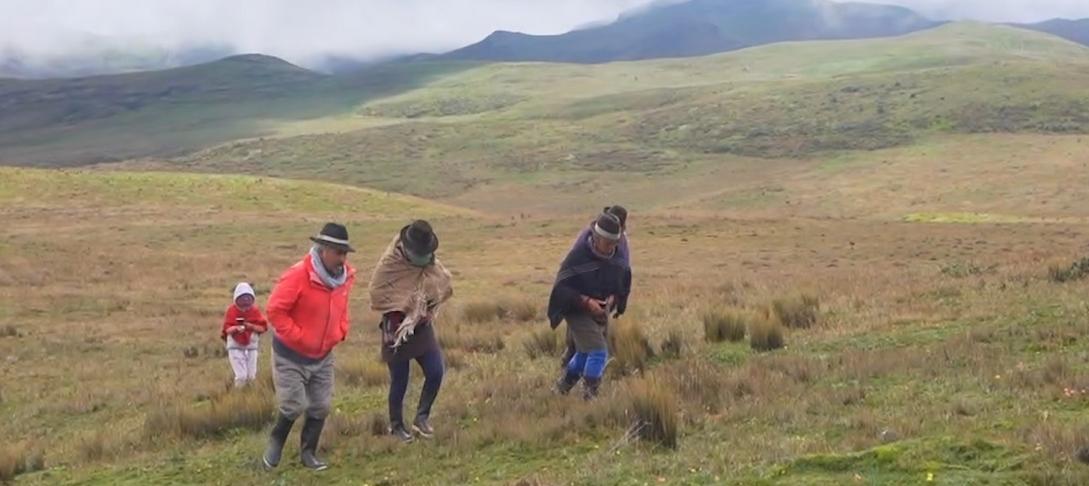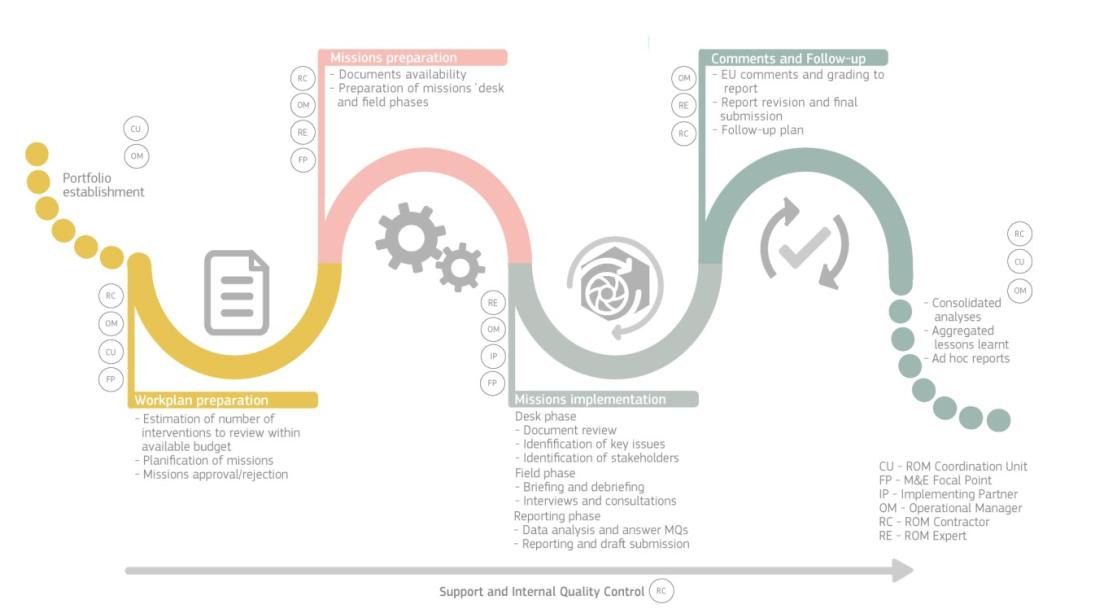Ecuador | ROM review of an EU-funded intervention supporting indigenous communities in the "páramos"

¡Páramo es vida!: an EU-funded intervention in Ecuador
The páramos constitute a unique tropical ecosystem located at high altitudes. They cover around 7% of Ecuador's Andean region and are vital for ensuring water supply and capturing CO2 emissions. However, they face increasing threats resulting from human activities and climate change. Indigenous Kichwa communities, historically marginalized in high, cold páramo areas, continue to experience exclusion, despite constitutional recognition of their rights. Poverty is acute in Guaranda, Bolívar Province, with 77.9% of residents lacking basic needs, rising to 98.9% in Simiátug. Poor infrastructure, obsolete water systems and inadequate women's participation in water management exacerbate health and environmental issues.
“¡Páramo es vida!" is an EU-funded intervention that began in January 2021 and ended in 2024 with a budget of over EUR 850,000. It was implemented by the Diocesan Foundation for Human Promotion of Guaranda (with other partners) with the objective of addressing existing inequalities. The activities were designed to strengthen the capacities of community actors and local institutions in water resource management, in the sustainable use and protection of the páramo ecosystem, and in the realm of food security, with a focus on women's empowerment in 11 indigenous communities in the parishes of Salinas and Simiátug, in Guaranda canton (Bolívar province).
Final beneficiaries represented a population of 2,344 people (1,212 women and 1,132 men from 514 families in these target communities). The Intervention later expanded its geographic scope to 17 communities in both parishes. The target population's primary livelihood depends on dairy farming, small-scale agriculture for consumption and sale, as well as wool production.
Introducing ROM reviews
Results-Oriented Monitoring reviews (ROM reviews) are an independent and evidence-based external assessment system of EU-funded programmes put in place by DG INTPA and DG NEAR. ROM reviews are implemented by external experts who are approved by DG INTPA or DG NEAR based on sector and other requirements. The ROM reviews involve systematic data collection and analysis following several ROM criteria, namely relevance, coordination and EU added value, intervention logic and learning, efficiency, effectiveness, sustainability, and communications and visibility.

INTPA (2024)
A ROM review assesses achievements and shortcomings of the intervention. It identifies best practices and lessons learned for decision-making processes, thereby contributing to the improvement of the intervention's design and implementation. The ROM review's findings and recommendations are intended to optimize resource allocation and maximize the impact of the interventions, ensuring positive benefits for target populations. In this context, the ROM expert conducts interviews with all involved parties.
The ROM review for “¡Páramo es vida!" was conducted in December 2022, just over a year before the end of the implementation period. As per the ROM methodology, it lasted 10 days, involving extensive travel of the ROM expert within the country and numerous interviews with a wide range of stakeholders (including the EU Delegation, implementing partners, target groups, and beneficiaries).
In this video, Ms. Beatriz Chamorro Aldaz (General Coordinator of the Diocesan Foundation for Human Promotion of Guaranda) and Ms Maddalena Masucci (Cooperation officer in the EU Delegation of Ecuador at the time of the ROM review) explain the positive effects that the ROM review had on their work.





